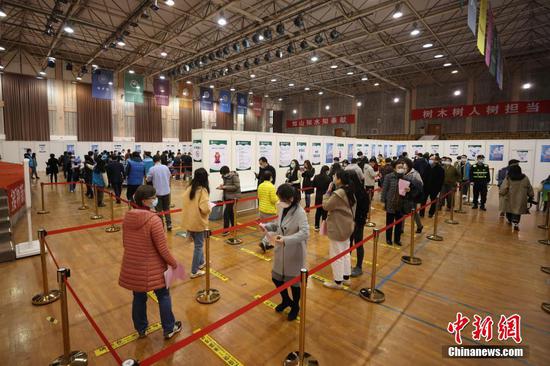An improving global economic outlook and progress on COVID-19 vaccinations have pushed up bond yields in emerging East Asia, according to the latest issue of the Asian Development Bank's (ADB) Asia Bond Monitor released on Friday.
The report said emerging East Asia's local currency bond market reached 20.1 trillion U.S. dollars by the end of December 2020, 3.1 percent higher than the preceding quarter and 18.1 percent higher than a year earlier.
The bond market size grew up to the equivalent of 97.7 percent of the region's gross domestic product at the end of the fourth quarter of 2020. Local currency bond issuance stood at 2 trillion U.S. dollars, it added.
The report said government bonds dominated the region's bond stock at 12.4 trillion U.S. dollars as of the end of December, while corporate bonds amounted to 7.7 trillion U.S. dollars.
"Bond markets in emerging East Asia continued to grow, mobilizing funding for the region's sustainable recovery from the pandemic," ADB Chief Economist Yasuyuki Sawada said in a statement.
"Successful vaccination campaigns, accommodative monetary policy stances, and easing of restrictions are spurring economic activity and shifting the recovery into higher gear," he added.
Emerging East Asia comprises the Chinese mainland, China's Hong Kong, Indonesia, South Korea, Malaysia, the Philippines, Singapore, Thailand, and Vietnam.
The report said vaccine rollouts have started in most markets in the region, lifting confidence, adding that improved sentiment boosted most equity markets and regional currencies. Capital flows into the region's equity and bond markets also recovered in the last quarter of 2020.
Meanwhile, the report added that uncertainty of the pandemic's trajectory, particularly concerning new variants and a possible resurgence in cases, continue to weigh on the development outlook.
The report said that uneven vaccine access and a potential adjustment in asset prices due to an escalation of long-term interest rates also pose risks.


















































